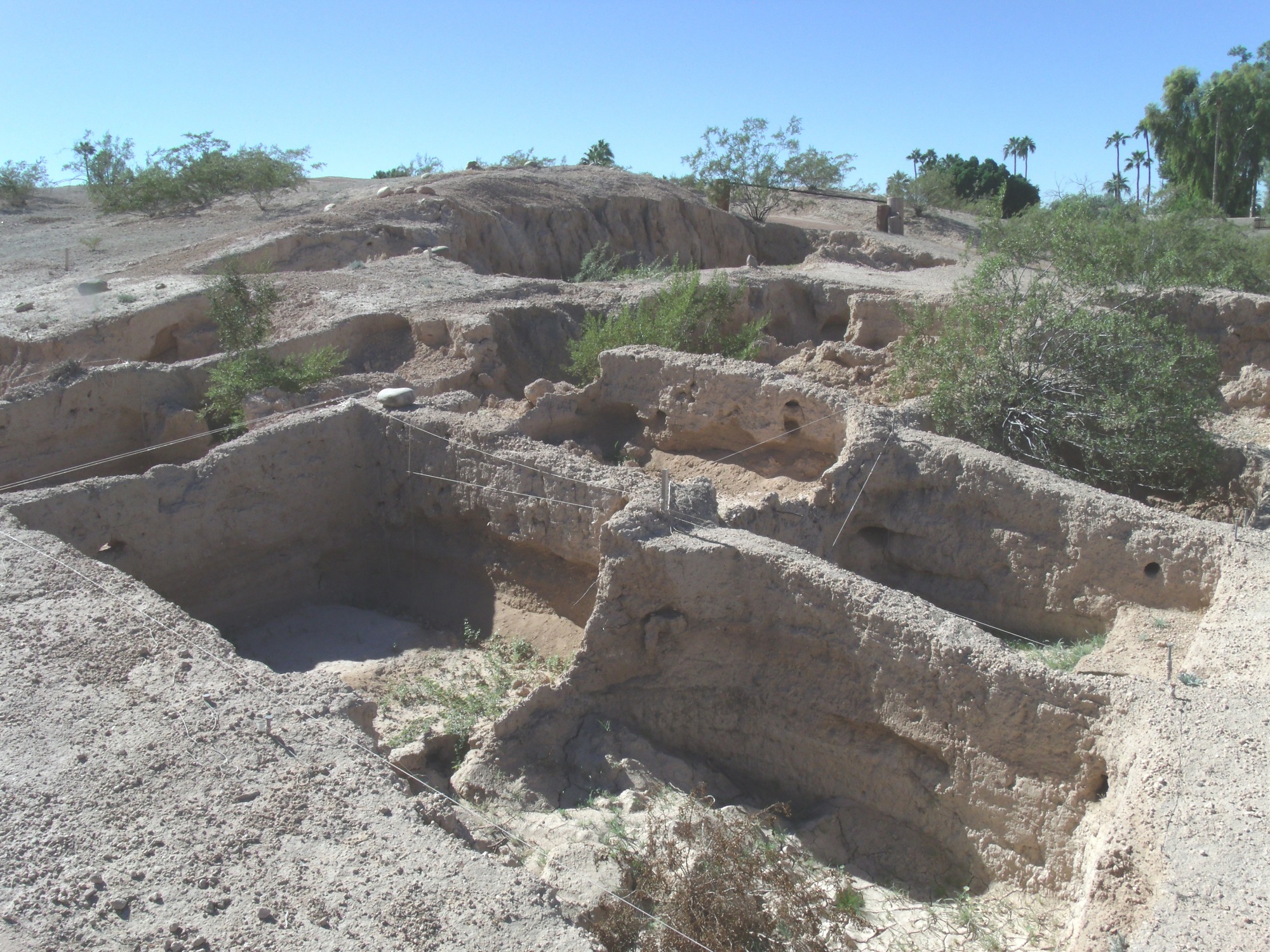Changes in Personhood among the Pre-Hispanic Hohokam of Southern Arizona

What can Hohokam mortuary customs tell us about their concepts of personhood?
Guest speaker Jessica Cerezo-Roman will discuss how she uses data from cremation mortuary customs to study changing concepts of personhood among Tucson Basin's pre-Hispanic Hohokam population between A.D. 475–1500.
Analysis of human skeletal remains reveals the physical aspects of a person's life, such as health and lifestyle. Meanwhile, archaeological context and posthumous treatment, or, the way people prepared the body after the person died, create a picture of the relationships between the living and dead.
This combination study of biology and culture gives clues as to how people were remembered at death by their families, peers and community, as well as an individual's positions within multiple social networks. Results indicate that certain aspects of personhood did change across time and space, reflecting broader sociopolitical changes of increased social differentiation and complexity among the Classic Period Hohokam.
About the Speaker:
Jessica Cerezo-Roman is an assistant professor at California State Polytechnic University at Pomona. She specializes in the study of highly fragmented and cremated human remains, mortuary practices, bioarchaeology and forensic anthropology. She uses cutting-edge methodological and theoretical archaeological approaches to study the human body and mortuary customs from ancient populations of the Greater American Southwest, Mexico, Northern Europe and North Africa.

